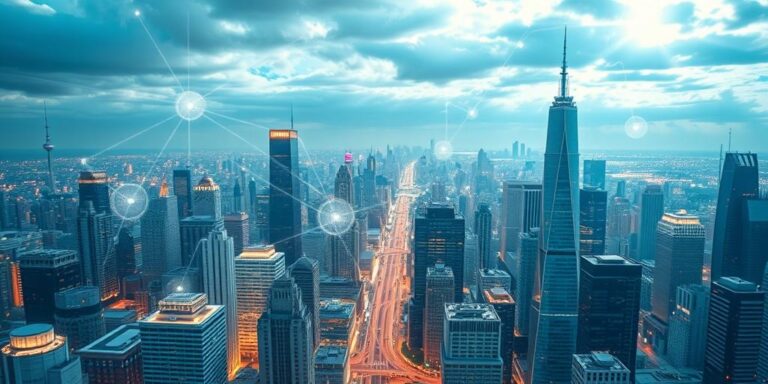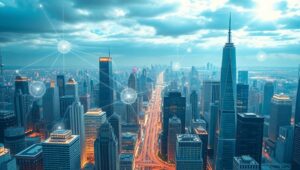Computer Vision in 2028: Seeing the World Like Humans (Or Better?)
Imagine a world where machines understand images and videos as effortlessly as humans do. That’s the promise of computer vision, and by 2028, we’re likely to see some incredible advancements. But what exactly will this look like?
What is Computer Vision?
At its core, computer vision aims to enable computers to “see” and interpret the visual world. It’s a field of artificial intelligence (AI) that trains machines to identify, classify, and react to objects in images and videos. Today, it’s already being used in various applications, from facial recognition to self-driving cars.
Current State of Computer Vision
Before we dive into the future, let’s quickly recap the present. Currently, computer vision is being utilized in:
- Healthcare: Assisting in medical image analysis for faster and more accurate diagnoses.
- Automotive: Powering advanced driver-assistance systems (ADAS) and autonomous vehicles.
- Retail: Enhancing the customer experience through visual search and personalized recommendations.
- Security: Improving surveillance systems with object detection and anomaly detection.
Key Trends Shaping the Future of Computer Vision
Several key trends are poised to drive significant advancements in computer vision over the next few years:
- AI-Powered Precision: The precision of Computer Vision will see large jumps as AI continues to evolve. Everything will be more accurate, from the diagnosis of diseases to autonomous driving.
- Edge Computing: Faster processing will happen on edge devices, increasing security and lowering latency.
- 3D Computer Vision: 3D tech will continue to evolve, with applications in robotics, manufacturing, and logistics.
- Synthetic Data: Training data is getting increasingly expensive. Synthetic data will help bring those costs down and allow smaller companies to compete.
Computer Vision in 2028: A Glimpse into the Future
By 2028, we can expect to see computer vision technologies become even more sophisticated and integrated into our daily lives:
- Enhanced Healthcare: Computer vision algorithms will be able to analyze medical images with superhuman accuracy, leading to earlier and more accurate diagnoses of diseases like cancer and Alzheimer’s.
- Smarter Cities: Computer vision will play a crucial role in creating smarter and more efficient cities. From optimizing traffic flow to improving public safety, computer vision will help make urban environments more livable.
- Next-Gen Retail Experiences: Computer vision will revolutionize the retail industry by enabling personalized shopping experiences, automated checkout systems, and advanced inventory management.
- Advanced Robotics: Computer vision will enable robots to perform complex tasks in unstructured environments, such as warehouses, construction sites, and even our homes.
Challenges and Opportunities
While the future of computer vision is bright, there are also challenges that need to be addressed:
- Data Privacy: Ensuring the responsible and ethical use of computer vision data is crucial to protect individual privacy.
- Bias and Fairness: Mitigating bias in computer vision algorithms is essential to ensure fair and equitable outcomes for all.
- Explainability: Making computer vision models more transparent and explainable will help build trust and acceptance.
Despite these challenges, the opportunities for computer vision are vast. By addressing these challenges and focusing on responsible innovation, we can unlock the full potential of computer vision to create a better future for all.
Conclusion
Computer vision is rapidly evolving, and by 2028, it’s poised to transform the way we interact with the world. From healthcare to transportation to retail, computer vision will have a profound impact on our lives. As we continue to push the boundaries of what’s possible, it’s essential to address the ethical and societal implications of this technology to ensure a future where computer vision benefits everyone.




